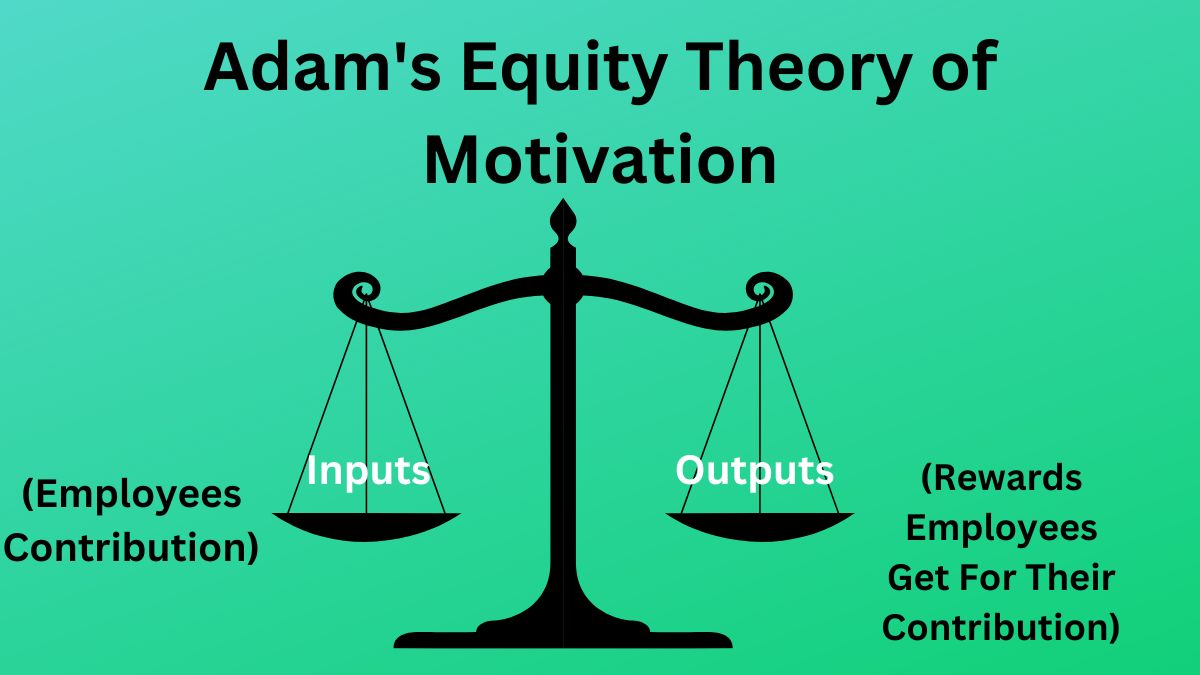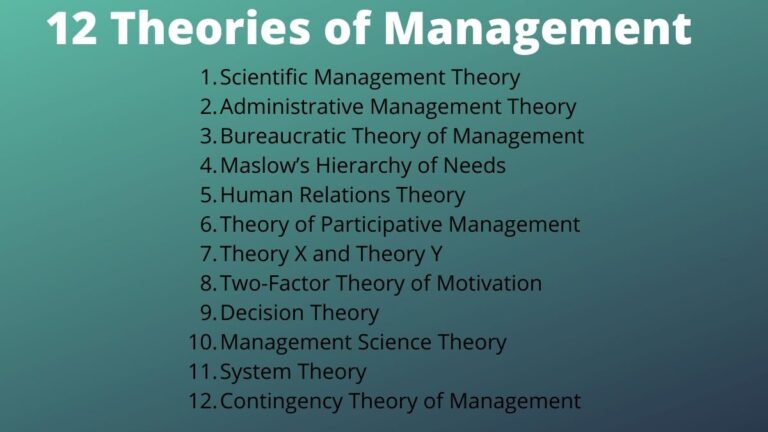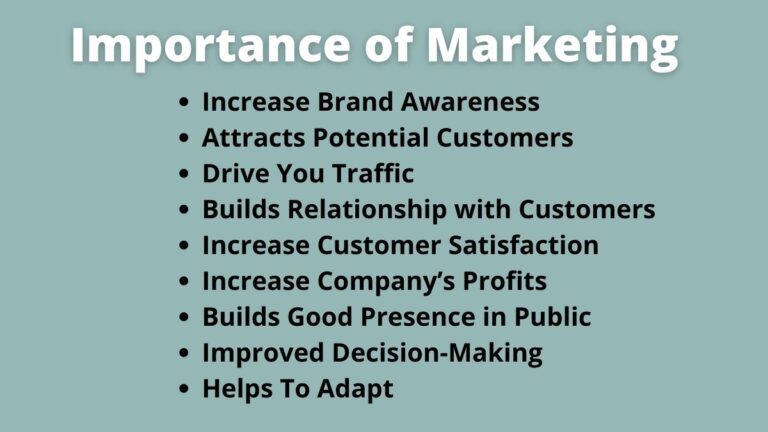What is Equity Theory? Definition, Components, and Pros/Cons
What is Equity Theory of Motivation?
The equity theory of motivation explains that people i.e. employees feel motivated when they feel their contribution toward the organization is fairly treated and they get a fair reward for their contribution. The higher the employees perceive fairness in the organization the more they will be motivated and vice versa.
John Stacey Adam, a workplace and behavioral psychologist developed a motivation theory called equity theory. He stated people want a fair relationship between the inputs (contribution) they make to the organization and the output (reward) they get.
Employees want the reward they get from the organization should be fair in relation to the contribution they had. Similarly, if the level of work is the same, they also want other employees should also get fair treatment in relation to their contribution.
If this culture is maintained employees feel motivated and if not they feel distressed and try to balance the situation. Thus, Adam’s motivation theory points out that people are motivated to maintain fair relationships with others and still try to rectify unfair relationships by making them fair.
Adam’s equity theory is one of the popular social exchange theories. It is perhaps the most rigorously developed of how individuals evaluate social exchange relationships. This theory is based on two assumptions about human behavior:
- Individuals’ contributions (inputs) for which they expect certain outcomes (rewards).
- Individuals decide whether or not a particular exchange is satisfactory. They do it by comparing their inputs and outcomes to those of others (referents) in the form of a ratio.
Related: Equity Principle of Management
Categories of Equity/Inequity Situations
People always seek equity in their jobs. But this is not always possible. There may be equity in reality but employees may perceive there is inequity. The categories/components are:
Equity
Equity is the condition where two individuals (say, Ram and Shyam) receive the same relative outputs for their inputs. Equity condition further expressed as – Equity: Person’s Outcomes/Person’s Inputs = Other’s Outcomes/Other’s Input.
Overpayment
In this condition, the person (Ram) receives more out of the job relative to what he inputs in compared to Shyam. Overpayment is also expressed as – Overpayment Inequity: Person’s Outcomes/Person’s Inputs > Other’s Outcomes/Other’s Inputs.
Underpayment
In this condition, Ram and Shyam do the same job but Shyam gets paid more, and Ram experiences being underpaid. It is also expressed as – Underpayment Inequity: Person’s Outcomes/Person’s Inputs < Other’s Outcomes/Other’s Inputs.
Also Read: ERG Theory of Motivation
Which Referent Does the Person Choose to Compare?
The equity theory becomes more sophisticated as a result of the referent that a person chooses. Evidence suggests that an important variable in equity theory is the referent (comparison person) selected. There are normally four referent comparisons:
- Self-inside: An employee’s experiences in a different position inside his or her current organization.
- Self-outside: An employee’s experiences in a situation or position outside his or her current organization.
- Other-inside: Another individual or group of individuals inside the employee’s organization.
- Other-outside: Another individual or group of individuals outside the employee’s organization.
Now comes to the question, of which referent the employees may use to determine whether he/she is in equity, underpayment inequity, or overpayment inequity. It depends upon the subject. Basically, it depends upon two basic things, the availability of information to compare and the attractiveness of the referent.
What are the Consequences of Inequity?
No employees like to be in a situation of inequity because it creates tension. So, the person tries to bring the situation of perceived equity. There are certain probable situations that a person may take.
People form equity situations by comparing their situations with that of others. If they feel a situation of equity, they are motivated to maintain the current situation.
Learn More: How To Motivate Employees?
And, if they experience inequity, they are motivated to take one of the following actions:
- Change inputs.
- Change outcomes.
- Alter perceptions of self.
- Alter perceptions of others.
- Change comparisons.
- Leave the situation.
Thus, according to Adam, inequity is the main motivational process. The main reason people take action to change the situation is because of inequity. When individuals experience inequity they experience tension then they want to reduce the tension and they take action.
Implications/Contributions of Equity Theory
Equity theory has the following managerial implications.
- It is a promising theory for workplace motivation and has direct relevance in compensation practice.
- People base their actions based on their perceptions of reality, not the reality itself. So, it is the duty of managers to make employees’ perceptions according to reality.
- Managers should clarify the input and output relationships that will help employees to take the right actions.
Limitations of Equity Theory
- It is somewhat narrow in its emphasis on visible rewards and overemphasized conscious processes.
- It is difficult to assess perceptions and misperceptions of employees. Hence, it is difficult to operationalize this theory in practice.
- Equity theory is not precise enough to predict which actions are most probable.
Read Next: Theories of Motivation
Sajan Kushmi is a content writer with more than 4 years of experience. He holds BIM Degree. He write on the topics related to Management, Marketing, and Entrepreneurship.






